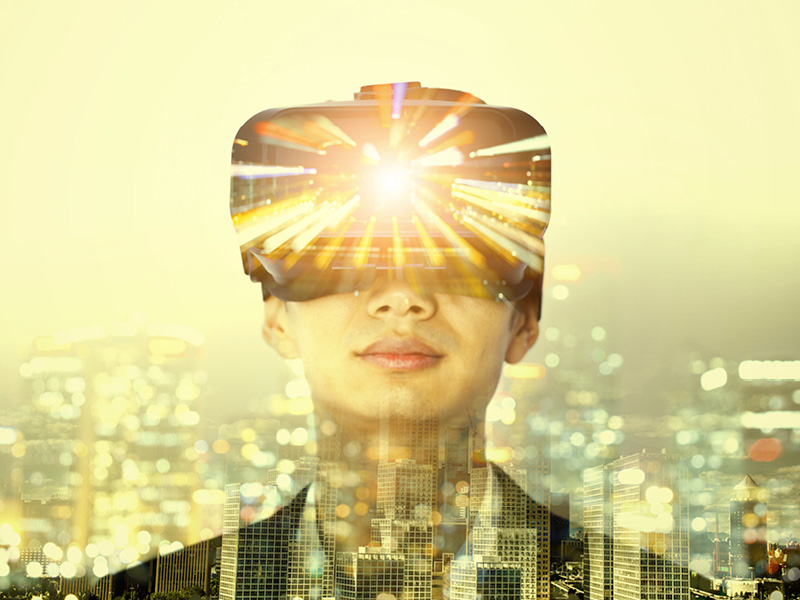Let’s be honest here; the 2010s haven’t been great. The global economy has stagnated, we’ve had humanitarian crises, lost countless cultural icons and Arnott’s changed the flavour of Shapes! On the upside we’ve seen leaps in cool technology and the rise of online streaming.
While growth has been difficult over the past half-decade or so, technological advances are providing new ways to connect with customers and increase profits. One such advancement offering businesses opportunities for growth is virtual reality (VR).
Virtual reality is defined as computer-generated simulations of interactive 3D environments that can create artificial sensory experiences – thanks Wiki.
How VR is already used
There are so many practical uses of virtual reality in business and hopefully by the end of this article you will be a VR convert and rushing to find ways to implement it too.
Virtual reality has been employed in various guises for a number of years. Theme parks have utilised it to create new ‘rides’ for the financial and safety benefits. Australian drivers will be well acquainted with the Hazard Perception Test. Some car dealers even have VR for test drives and then of course there is the boom in virtual reality in video games.
A lot of these ideas sound like you need big, expensive equipment and a development budget of millions of dollars. Thankfully you don’t need to create Tron to incorporate virtual reality into your business.
Virtual reality can be as simple as an interactive tour of your facilities or a 360-degree view of your products. This type of immersive experience doesn’t require you to ship expensive helmets to your customers but still engages them in a much more powerful way than traditional print or even video.
E-commerce becomes V-commerce
VR creates opportunities to build relationships with your customers. Great marketers and brand consultants know the power of story-driven experiences that forge emotional connections between customers and brands. Virtual reality can also be applied with augmented reality to boost sales.
So, Pokémon Go…everyone is talking about it. This is a phenomenon that isn’t going to go away and should serve as inspiration for business owners. The application of augmented reality here has virtual Pokémon everywhere and people are walking around in their droves to ‘catch’ them.
V-commerce may be the best thing to happen to retail since e-commerce. You could give you customers the ability to ‘see’ how your products would ‘fit’ before they buy. They could ‘paint’ their walls with the right colour of your paint and calculate precisely how much they would need. That new sofa they saw in your showroom but didn’t buy because they weren’t sure it would fit could be displayed on their device screen just as a Pikachu is. There’s even the possibility they could ‘try on’ clothes before they buy them. A virtual store has limitless storage capability.
Virtual training
There are also many non-customer facing benefits of virtual reality as well. Training is a superb application of virtual reality because who can afford to let a trainee loose on a piece of equipment that costs a hundred thousand dollars? Virtual reality lets you recreate an indestructible digital version of your machinery or software program for a fraction of the cost of repairs or replacements.
You can also use it in product design to cut down on expensive prototypes. User feedback can be incorporated much sooner so you create physical products that meet consumer demands.
VR could also have a huge impact on internal communication as it is used for interviews or meetings to make you feel like you are all in the same room. Skype is great for now, but you lose so much over video like body language and proper eye-contact. The tracking tech isn’t there yet but it’s going to be.
Virtual reality is going to revolutionise the way we shop and interact with businesses online and it’s only a matter of when, not if, everyone is using VR — so now is the time to get ahead.







